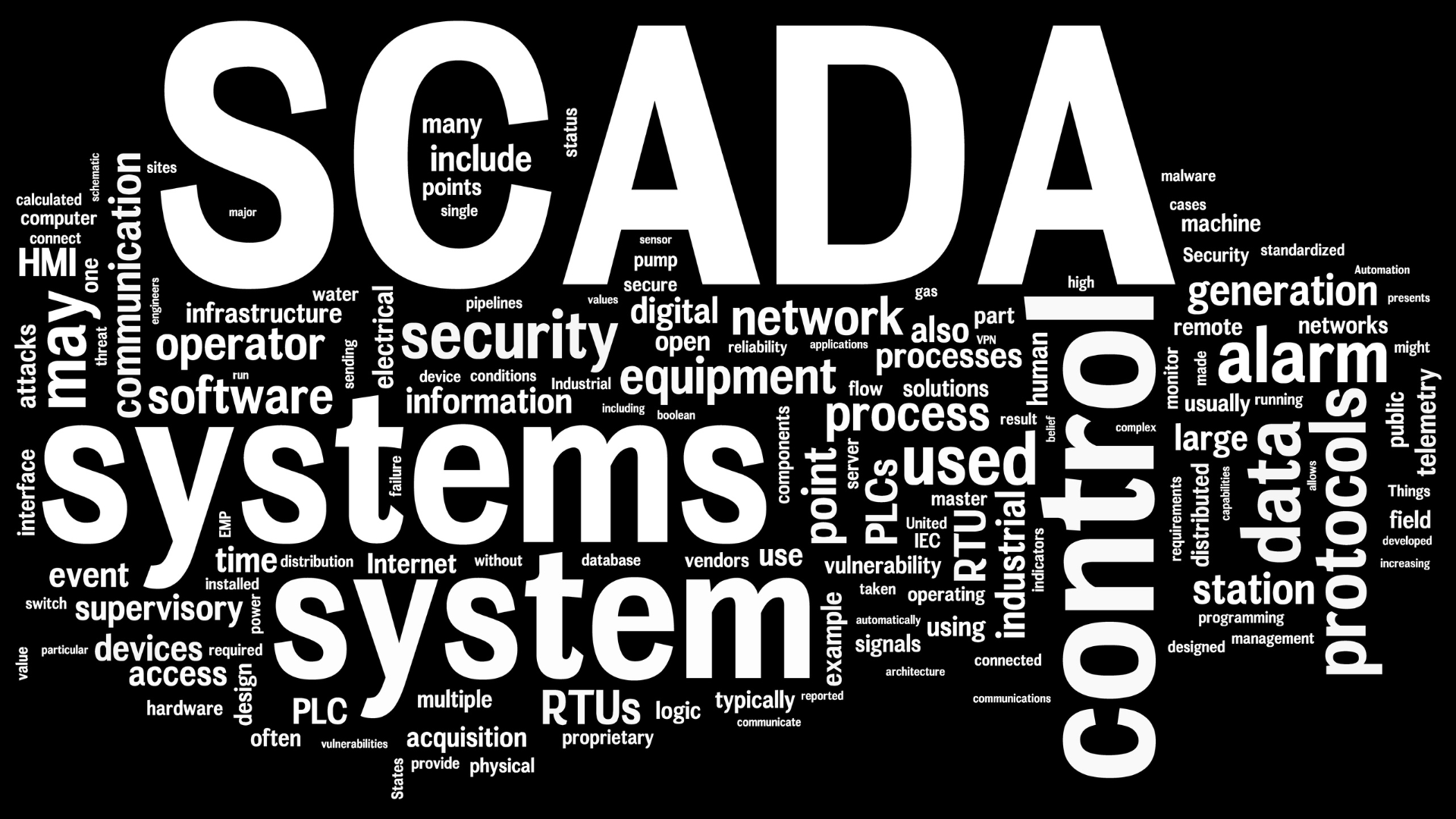Does SCADA Require Coding?
Does SCADA Require Coding?
While basic SCADA systems can often be set up with minimal coding, advanced implementations typically require some level of programming knowledge. Understanding coding can help customize the SCADA system for specific operational needs, allowing for more sophisticated data handling and user interface design. Additionally, scripting may be necessary for automation tasks, alarms, and reports. Overall, familiarity with coding enhances the capabilities of SCADA, enabling users to tailor solutions to their unique requirements.
SCADA Programming Examples
SCADA programming encompasses various tasks, including scripting for data logging, alarm management, and device communication. Common examples include writing scripts in languages like Python or C# to automate data collection or using proprietary programming tools specific to the SCADA vendor. Another example is configuring logic to trigger alarms based on specific thresholds, ensuring timely responses to critical events. These programming examples demonstrate how flexibility in SCADA can lead to improved efficiency and operational control.

What Programming Language is Used in SCADA
SCADA systems typically utilize a variety of programming languages, depending on the specific components and functionalities required. Common languages include Structured Text (ST) and Ladder Logic, both of which are widely used for programming PLCs (Programmable Logic Controllers) within SCADA environments. Additionally, Python and C# are popular for developing user interfaces and integrating SCADA systems with other software applications. This flexibility in programming languages allows for tailored solutions that meet the diverse needs of industrial automation.
SCADA Programming Language
The term SCADA programming language refers to the various languages employed to develop and maintain SCADA systems. Key languages like Ladder Logic facilitate the programming of control logic in a visual format, making it accessible for engineers and technicians. Structured Text (ST) provides a more textual approach, suitable for complex algorithms and calculations. Additionally, scripting languages like JavaScript are often used for creating custom interfaces and visualizations, enhancing user interaction with the SCADA system.
Is SCADA Difficult to Learn
Learning SCADA can present challenges, particularly for those new to industrial automation or programming. The complexity often arises from the need to understand both the software and the hardware components involved in a SCADA system. However, with the right resources and structured training, many users find it manageable to grasp the core concepts and functionalities. Hands-on experience, coupled with tutorials and community support, can significantly ease the learning curve.
SCADA Programming Tutorial PDF
A SCADA programming tutorial PDF can be an invaluable resource for beginners and experienced users alike. Such tutorials typically cover the basics of SCADA systems, including configuration, data acquisition, and alarm management, in a clear, step-by-step format. Many PDFs also include practical examples and exercises, allowing users to apply their knowledge in real-world scenarios. By providing accessible and organized information, these tutorials help users develop the skills needed to effectively implement and manage SCADA systems.

Is SCADA Easy to Learn
Learning SCADA can vary in difficulty depending on an individual's background in automation and control systems. For those familiar with industrial processes or programming, the concepts may be relatively straightforward to grasp. However, newcomers might find the initial learning curve steep due to the complexity of the software and its integration with various hardware. Overall, with dedication and the right resources, SCADA can be learned effectively by a wide range of professionals.
SCADA Programming Courses
SCADA programming courses are designed to equip learners with the skills needed to develop, configure, and manage SCADA systems. These courses often cover essential topics such as programming languages, network protocols, and real-time data processing. Many institutions offer both online and in-person training, making it accessible for professionals looking to enhance their expertise. By completing a SCADA programming course, individuals can gain valuable knowledge that is highly sought after in industries like manufacturing, energy, and utilities.
Which Programming is Used in SCADA
SCADA systems typically use a variety of programming languages, with Structured Text (ST), Ladder Logic, and Function Block Diagram (FBD) being the most common. These languages are often used to develop control logic for Programmable Logic Controllers (PLCs) that interface with SCADA systems. Additionally, high-level programming languages like Python and C# are frequently employed for custom applications, data analysis, and integration tasks. This diverse range of programming options allows for flexibility in developing and maintaining SCADA applications tailored to specific industry needs.
SCADA Programming Software
SCADA programming software encompasses a variety of tools designed for the development and management of SCADA systems. Popular options include Wonderware, Ignition, and Siemens TIA Portal, each offering user-friendly interfaces for creating graphical displays and control logic. These software platforms typically support integration with various hardware components, enabling real-time monitoring and control of industrial processes. With features like data logging, alarm management, and customizable dashboards, SCADA programming software plays a crucial role in enhancing operational efficiency and decision-making across industries.
Is Python Used in SCADA?
Yes, Python is increasingly being used in SCADA systems due to its versatility and ease of integration. It allows developers to create custom scripts for data analysis, automation, and system monitoring, enhancing the overall functionality of SCADA applications. With libraries like NumPy and Pandas, Python enables sophisticated data manipulation and visualization, making it easier to derive insights from large datasets. As industries seek more efficient solutions, Python's role in SCADA is likely to expand, offering greater flexibility and innovation.
PLC SCADA Programming Course
A PLC SCADA programming course equips participants with the skills needed to design and implement control systems using Programmable Logic Controllers (PLCs) and SCADA software. The course typically covers topics such as ladder logic programming, HMI development, and system integration, providing hands-on experience with real-world applications. Participants learn how to troubleshoot and optimize automation processes, making them valuable assets in industrial environments. As automation continues to evolve, such courses are essential for professionals seeking to advance their careers in the field.
How Do I Become a SCADA Programmer
To become a SCADA programmer, one typically starts with a solid foundation in computer science or engineering, often obtaining a degree in electrical engineering, computer engineering, or a related field. Gaining experience with programming languages such as C++, Python, or Java is essential, along with a good understanding of PLCs (Programmable Logic Controllers) and HMI (Human-Machine Interface) systems. Additionally, pursuing specialized training or certifications in SCADA software and systems can enhance job prospects. Practical experience through internships or entry-level positions in industrial automation can also be invaluable for building a successful career in SCADA programming.
SCADA Programming PDF
A SCADA programming PDF can serve as a valuable resource for learning the fundamentals and advanced techniques associated with SCADA systems. Such documents typically cover topics like system architecture, programming languages, and configuration of SCADA software, providing step-by-step guides and practical examples. They may also include best practices for security and troubleshooting, helping programmers understand common challenges. Accessing a comprehensive SCADA programming PDF can greatly accelerate the learning process and serve as a reference for both new and experienced professionals in the field.
Is C Used in SCADA
Yes, C is commonly used in SCADA systems due to its efficiency and performance capabilities. Many SCADA applications require real-time processing and high-speed data handling, which C is well-suited for, thanks to its low-level access to hardware and memory management. Additionally, C is often employed in the development of embedded systems within SCADA infrastructure, allowing for direct interaction with sensors and controllers. Overall, the versatility and speed of C make it a popular choice for building robust and responsive SCADA solutions.

SCADA Programmer Salary
The salary of a SCADA programmer can vary significantly based on factors such as experience, location, and industry. On average, entry-level SCADA programmers might earn between $60,000 and $80,000 annually, while those with several years of experience can see salaries rise to $90,000 or more. Specialized skills in programming languages like C++, Python, and knowledge of SCADA software can further increase earning potential. Additionally, demand for SCADA programmers is expected to grow as industries continue to embrace automation and digital transformation, potentially leading to higher salaries in the future.
Ignition SCADA
Ignition SCADA is a modern, web-based platform designed for industrial automation, offering real-time control and data acquisition. Unlike traditional SCADA systems, Ignition is highly flexible, enabling users to create customized applications with its unlimited licensing model. It supports seamless integration with IoT devices, databases, and cloud services, making it a powerful tool for scalable and efficient operations. With its user-friendly interface and robust security features, Ignition SCADA is quickly becoming a preferred choice for industries looking to modernize their automation systems.
Does SCADA Require Coding Reddit
Whether SCADA requires coding depends on the specific system and the level of customization needed. Many SCADA systems come with user-friendly interfaces and configuration tools that don't require extensive coding knowledge for basic setup and operation. However, more advanced users may need to write scripts or programs, particularly for integrating SCADA with other systems or for customizing data visualization and automation workflows. On forums like Reddit, users often discuss how coding skills in languages like Python or C can be helpful for expanding SCADA's capabilities.
Does SCADA Require Coding for Beginners
For beginners, SCADA does not necessarily require extensive coding knowledge, as many SCADA systems come with user-friendly interfaces and configuration tools. However, a basic understanding of programming can be beneficial when customizing system functions or integrating with other technologies. For more advanced tasks, such as scripting or automating processes, knowledge of languages like Python or ladder logic may be required. Overall, while coding can enhance the functionality of SCADA, it is not mandatory for beginners to start using the system.
Is C Used in SCADA Reddit
On Reddit, users often discuss that the C programming language is still widely used in SCADA systems due to its efficiency and ability to interact closely with hardware. C’s low-level access to memory and real-time performance make it ideal for developing embedded systems, which are common in SCADA applications. While modern languages like Python or Java are sometimes used for higher-level interfaces, C remains a fundamental part of SCADA for its reliability and speed in critical industrial operations. Many Reddit threads highlight C’s continued relevance in maintaining legacy systems and ensuring smooth performance.
Does SCADA Require Coding for Beginners Reddit
For beginners, SCADA typically does not require extensive coding knowledge. Many SCADA platforms come with user-friendly interfaces and pre-configured tools that allow operators to set up and manage systems without writing code. However, a basic understanding of programming can be beneficial, especially when customizing the system or integrating new features. Discussions on platforms like Reddit often suggest that learning coding basics, such as ladder logic or scripting languages, can help beginners get more out of their SCADA experience.
Is SCADA Difficult to Learn for Beginners
Learning SCADA can be challenging for beginners due to the complexity of the systems and the variety of technologies involved. New users must familiarize themselves with specific software interfaces, data communication protocols, and control strategies, which may initially feel overwhelming. However, many educational resources, online courses, and training programs are available to help ease the learning curve. With dedication and hands-on practice, beginners can gain proficiency in SCADA and leverage its capabilities effectively in various industrial applications.
Is C Used in SCADA Oracle
Yes, C is often used in SCADA systems, including those that utilize Oracle technologies. The C programming language provides the low-level access and efficiency required for real-time data processing and system control within SCADA applications. Additionally, many SCADA systems are built on a combination of languages, with C being a popular choice for developing performance-critical components. By leveraging C in conjunction with Oracle's robust database capabilities, SCADA solutions can achieve optimized data handling and enhanced system reliability.



